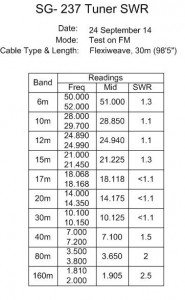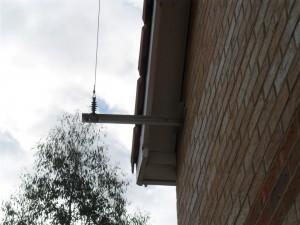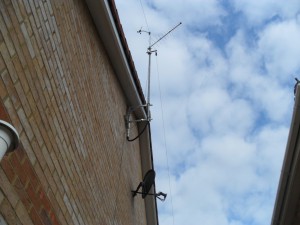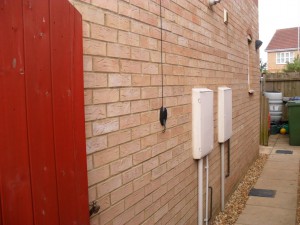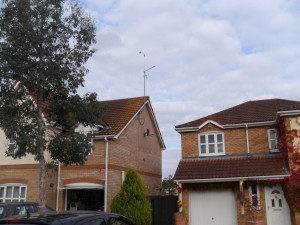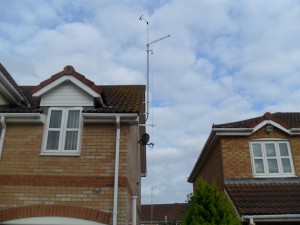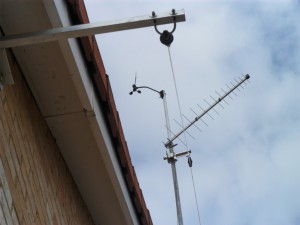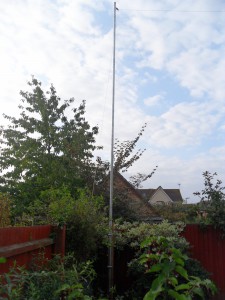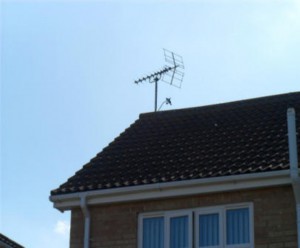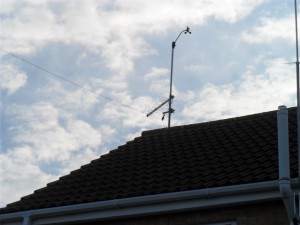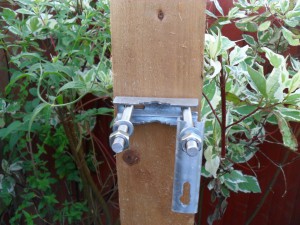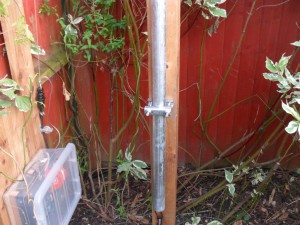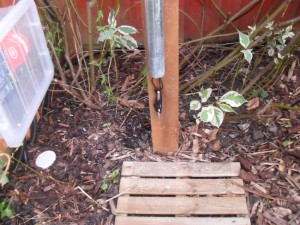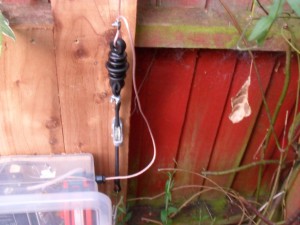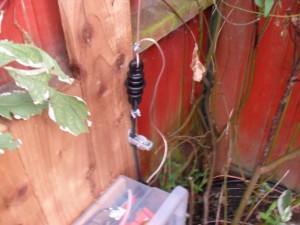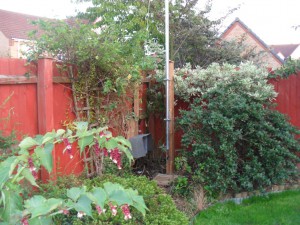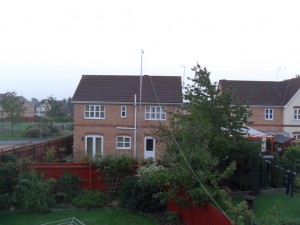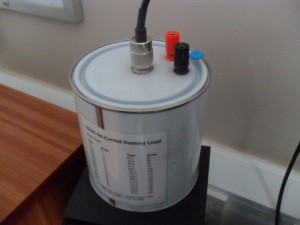I dabble with PSK31 within Ham Radio Deluxe Digital Master 780 (DM780) software, one feature I was particularly interested in was the ability to set various macros to automatically read and insert text for transmission from a file.
Weather Display is the software I use for my weather station and is unbelievably flexible in what can do, in my case I have it set to generate a text file of current weather conditions (temperature, wind speed, direction and rain fall) every 10 minutes.
Configuration – Weather Display
Setup >> Log Files
Main Log Setting switch – ON
Custom Log Settings >> Produce a custom log file is ticked
Update Frequency >> 10 minutes
Open explorer >> wdisplay folder >> webfiles
Within webfiles locate customtext and edit with the information you wish to send as the weather macro in DM780, I have this:
The temperature here is %temp%C with an average wind speed of %avgspd%mph from the %dirlabel%, Chatteris rain today%dayrn%mm
As I only have one customtext file set, I simply saved the changes without renaming the file.
The weather tags within the % determine the information that Weather Display inserts, a full list is in a text file named testags is within the webfiles folder.
What does all this do?
The result of all the above is that an existing text file named customtextout in webfiles is generated and overwritten every 10 minutes with the information previously requested in the customtext file.
Ham Radio Deluxe – DM780 Macro Setup
With DM780 open, Tools >> Macros
Double click on existing unticked macro – WX to edit
Right hand side of the screen is a tab called – Text from File – clicking on this inserts –
Weather here is temp is File-contents-go-here
I changed this to –
<his:callsign> de <my:callsign>
<his:firstname>
<file:\\HEWLETT-NN43CTX\webfiles\customtextout.txt><eof> k <stop>
Data from my weather station: www.chatteris.biz
Click OK to save the Macro ensuring that the enable box is ticked and exit from setup, the Macro called WX should show in the Info pane.
Note – As the Weather Display program and Ham Radio Deluxe are on separate computers I had to give the webfiles folder share permission on my home network, this is why the link to customtextout starts \\HEWLETT-NN43CTX\, if both programs were on the same PC, the path would be –
<file:C:\wdisplay\webfiles\customtextout.txt><eof>
If you need help, contact me via the contact form.
Updated 15 Nov 2022
73
